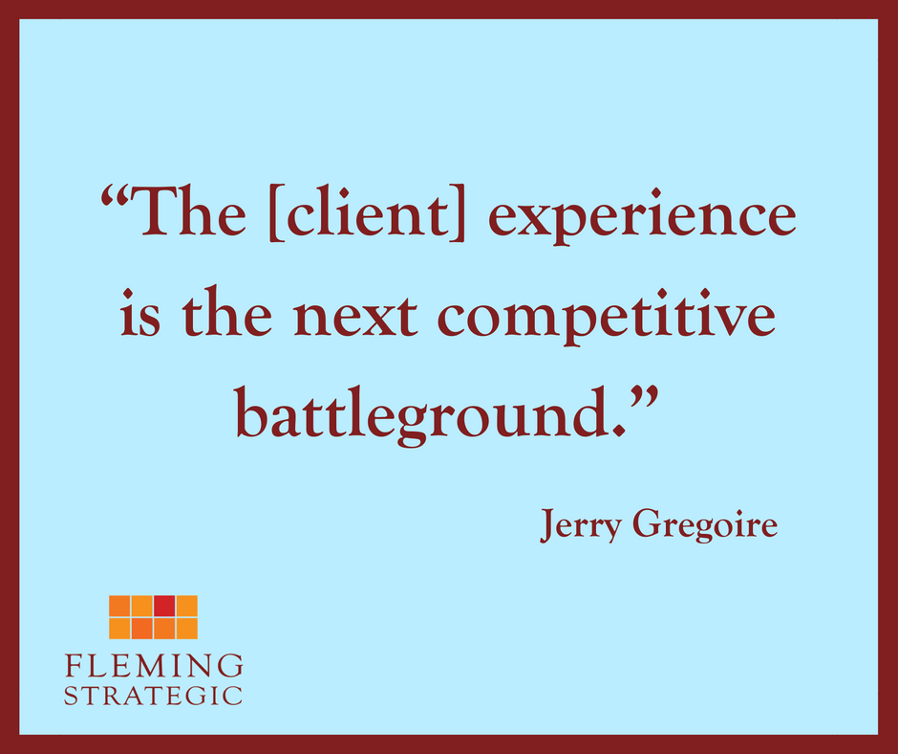End-Of-Summer Reading Recommendation
I strongly believe that some of the best ideas for business and marketing come from outside the legal profession. If you aren’t making time to read more general business books, you’re missing a terrific opportunity. While not everything you read will be directly applicable to the law, you’ll find that smart ideas that aren’t directly applicable will prompt you to think about how you might adapt them.
Customer and client loyalty is a top concern in any business. Apple has unlocked the secret to developing not just loyalty but raving fans, and there’s much we can learn. The book The Apple Experience: Secrets to Building Insanely Great Customer Loyalty, by Carmine Gallo describes Apple’s customer-focused approach, with a focus on staff (the internal customer), the external customer, and the retail environment. Quite clearly, not all of the book applies to the practice of law, but several keys points do.
Gallo describes Apple’s “five steps of service”:
- Approach customers with a personalized, warm welcome.
- Probe politely to understand all the customer’s needs.
- Present a solution for the customer to take home today.
- Listen for and resolve any issues or concerns.
- End with a fond farewell and invitation to return.
And though you’ll have to read the book to unpack each of those steps fully, the outline provides a handy guide for conducting a conversation with a prospective client. The point that requires some analogy, of course, is that (unlike an Apple sales representative) your goal is not to provide a solution for the prospective client to implement today. Instead, your goal is to describe what the solution is, how it might work, pros and cons, and (where applicable) some sense of a likely outcome, all with appropriate caveats since you undoubtedly won’t know everything that you need to know about the matter from a pitch or consultation.
Don’t read the book thinking you can apply each point directly to your practice, because you likely won’t be able to do that. Instead, read the book, reflect on the principles it offers, and think about how they might translate for your practice. It’s a great thought generator as you move into the fall and perhaps revisit your business development approach to evaluate your 2021 results and plan for 2022.

